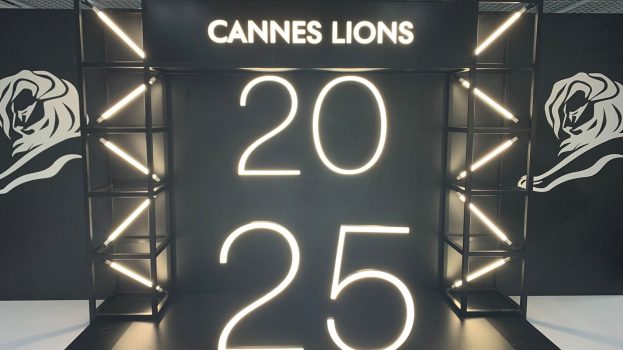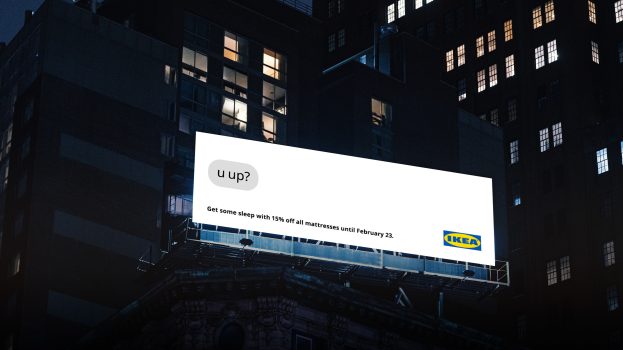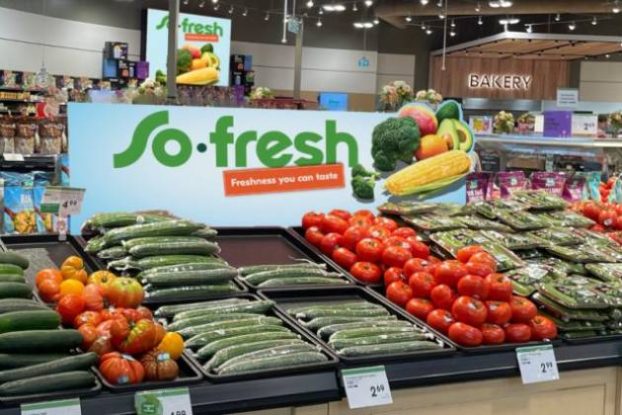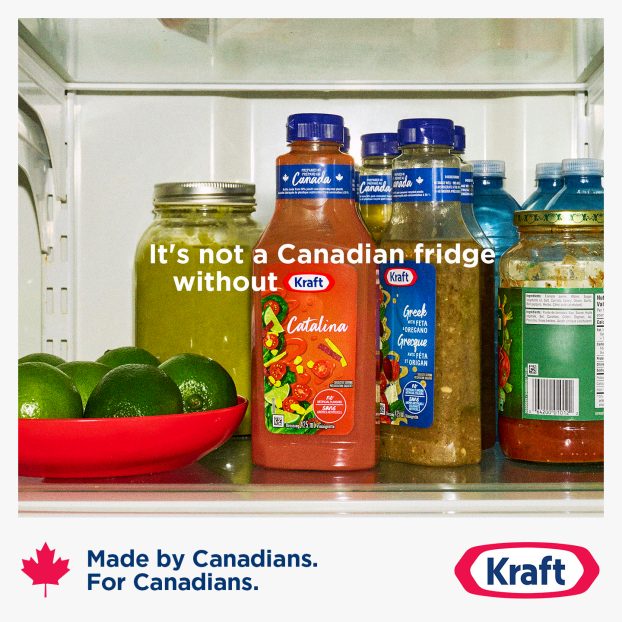As any provincial lottery body will tell you, people go crazy for Scratch ‘n’ Win (or, more appropriately, Scratch ‘n’ Likely Lose) cards. The experience – scratching off the silver rubbery surface to reveal a random set of symbols that usually amount to nothing – replicated so successfully online that online contests are the fastest and cheapest way to build a database, according to Roman Bodnarchuk, president of Toronto-based online marketing agency N5R.com.
Marketers are also getting more sophisticated in the strategy and execution of such promos.
In the past year, N5R has landed several clients that have been running traditional contests for years. Leveraging a traditional promotion online just makes sense, says Bodnarchuk, the accuracy of information can be checked in real time and there are no data entry costs or typos with which to contend.
There are also unique technological possibilities behind online promotions, he says. For example, an online questionnaire doesn’t have to be static – it can change course depending on the responses it receives. Unlike traditional entry forms, online forms can ask different questions of different prospects.
Take the agency’s work for destination resort developer Intrawest Corporation. The Vancouver company’s traditional method of reaching prospects – direct mail – had lost some steam over the past few years, says Bodnarchuk. ‘Their response rates had fallen to horrible levels.’
N5R designed an online contest in which the grand prizes were temporary ownerships (for a season or a year) of various properties. While the prizes are appealing to everyone, the questionnaires were designed to weed out contest addicts from qualified leads. Lifestyle questions, such as whether or not someone liked skiing or golfing (two popular resort activities) could determine whether the entrant was entering simply to win – or had a genuine interest in the properties. Further tracking could determine the level of interest for a qualified prospect. If someone kept checking out floor plans for a mountain home close to the golf course at Quebec’s Mont Tremblant, for example, this information could be passed along to Intrawest’s sales team, which could then contact the potential resident with more compelling reasons to buy the specific model.
Scratch ‘n’ win-type contests, for one, transcend online borders beautifully, says Bodnarchuk. Last Christmas, Excite.ca, with the help of N5R, created an online scratch ‘n’ win component to launch a new Volvo while promoting its own new shopping channel.
‘The whole objective was to make it more than a data collection exercise,’ says Grant Packard, senior manager of online marketing for Excite.ca. ‘We wanted to engage them with the brands.’
The promotion included a Java game, in which visitors could drive a car around a virtual city to do their holiday shopping, collecting scratch ‘n’ win cards along the way, in addition to a viral marketing component in which cards could be directed to friends.
According to Packard, the promotion was extremely successful. ‘It was actually the largest online contest in Canadian history,’ he says, adding that entrant and participation objectives were exceeded by 150 per cent. ‘We ended up with 52,000 entrants, [more than] 50 per cent of whom actually played an interactive game,’ he says.
The problem with many online contests is that they’re too fleeting. Contestants are engaged for the two minutes it takes to fill out a form, then they’ll receive a newsletter a month later with a sales pitch, he says. The fact that the average player came back four times to play the Excite/Volvo scratch ‘n’ win – and that 40 per cent of those players were directed to the site by a friend – indicates that the fun component worked, he says.
Whether marketers choose to inform or entertain, they must ensure a rewarding experience in exchange for the time and information they expect prospects to provide, says Packard. ‘It doesn’t matter whether you’re giving away a million dollars or a thousand dollars,’ he says. ‘What matters is that it’s engaging to the user.’
Clients are starting to get smarter about promotions, says Sonia Carreno, associate media director for Web consulting firm Modem Media in Toronto, which counts Kraft Canada, Manulife Direct and General Motors among its clients.
For some marketers, promotions still revolve around the big carrot – the offer that taps into greed. But others are recognizing that the draw of an online promotion has more in common with traditional promotions, and ultimately whether or not it is useful or fun to the target audience.
When Indigo first launched its Web site, for example, Modem Media designed an online fridge poetry kit that could be forwarded to friends and acquaintances via email. ‘It worked great because it was targeting literary people,’ says Carreno.
Carreno says that the top misconception about online promotions is that they are somehow less expensive than the traditional approach. If done right, online promotions can be very expensive, she says. But what makes them worthwhile is what marketers get in return for their investment – highly trackable results.
John Lax, creative director at Modem Media, agrees that promotions must be engaging, but he also believes that the advantage to online entries – the ease with which people can provide information – can work against a marketer if a promotion is not well thought out. There is the whole issue of people who spend hours a day searching the Internet for free stuff, he says. ‘The person who just wants something for free is not going to be a high-value prospect.’
That’s where creativity comes into the picture, adds Lax. He points to a promotion he worked on in the U.S. that offered trading cards to entrants. Only by collecting all trading cards – scattered throughout various sponsored sites – could an entrant win a prize. The catch was that the technology made it impossible for any one person to collect all the cards (because entrants had to sign on in order to start collecting, software could track their current collection and would not provide a full set to any one person). ‘Contestants had to interact with others in order to get a full set,’ says Lax. Marketers have to put up some barriers to entry – but not enough to frustrate prospects, he says.
Games are hot right now, says Barbara Bailie, director of communications for The Family Channel. In fact, over the next year, the specialty station plans to roll out one game each month, and it’s hoping each will eventually be sponsored by companies interested in targeting the youth market.
As for what works in online promotions, she says that choosing appropriate prizing is critical. But that’s not always an easy call, particularly for the kids market. One of the most popular contests the specialty ever ran, for example, offered as the grand prize a roomful of Little Mermaid merchandise.
‘This was no big trip to California or anything like that,’ she says, adding that it just goes to prove that even with technology on your side, a successful promotion is not always predictable.























